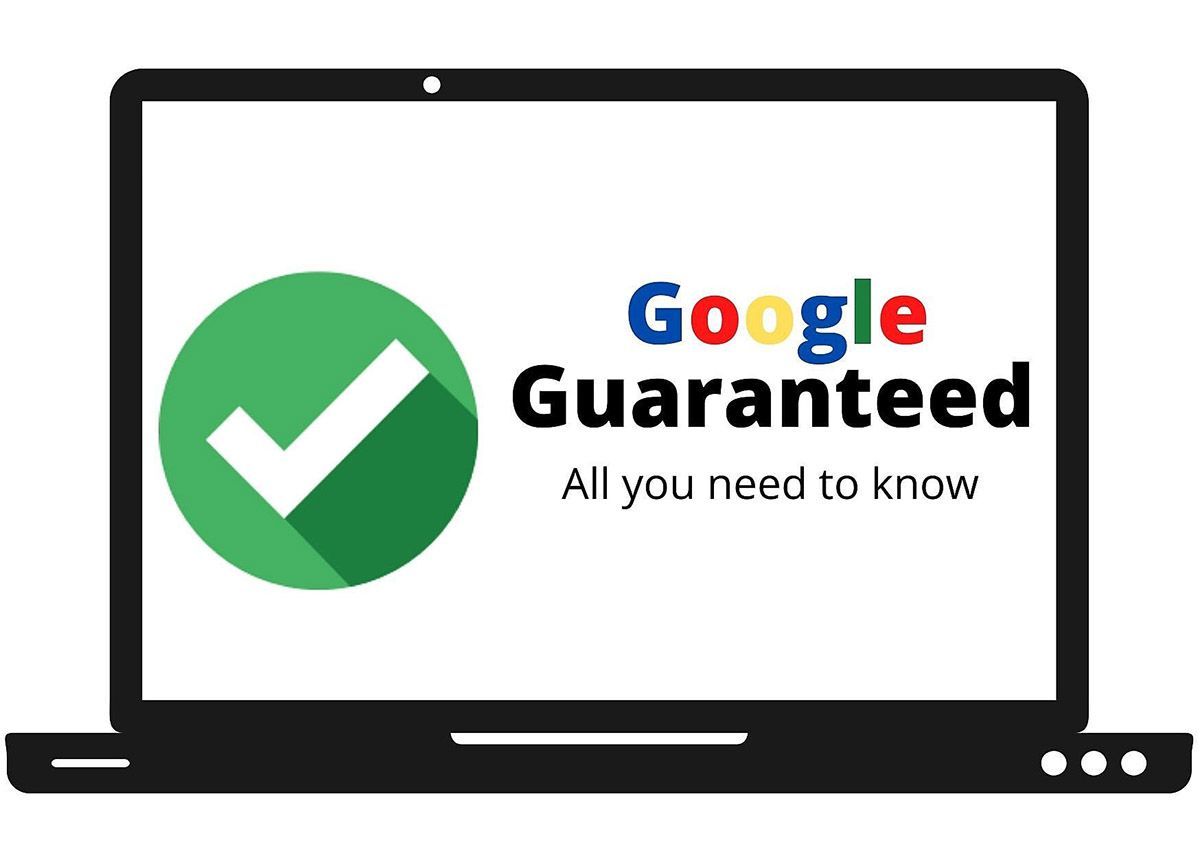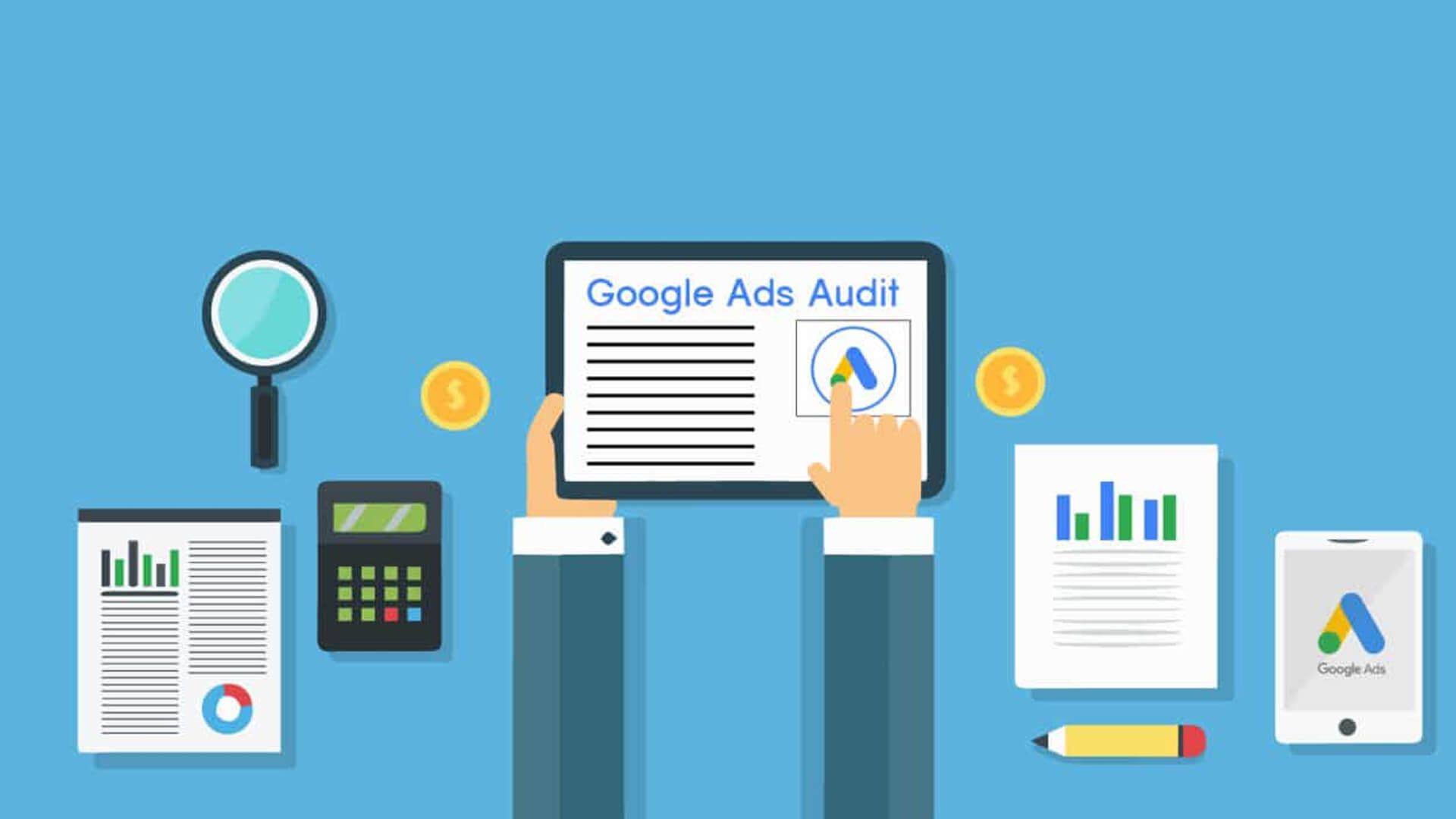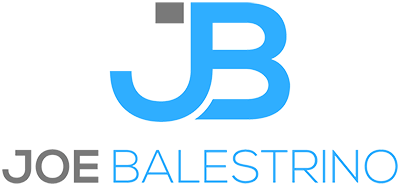Creating Compelling Google Ads Copy: A Step-by-Step Guide
In the realm of digital advertising, crafting compelling Google Ads copy is essential to capture the attention of potential customers and drive them to take action. A well-crafted ad can make all the difference in achieving your marketing objectives. Whether you're aiming to increase sales, generate leads, or boost brand awareness, the power of persuasive ad copy should not be underestimated. In this step-by-step guide, we will walk you through the process of creating compelling Google Ads copy that captivates your audience and delivers results.
Step 1: Understand Your Audience
Before diving into writing your Google Ads copy, it's crucial to have a deep understanding of your target audience. Who are they? What are their pain points, desires, and motivations? By understanding your audience on a fundamental level, you can tailor your ad copy to resonate with their needs and aspirations. Conduct thorough market research, analyze customer data, and create buyer personas to gain valuable insights into your target audience's demographics, interests, and preferences.
What sets your product or service apart from the competition? Identify your unique selling points (USPs) and highlight them in your ad copy. USPs could include exclusive features, exceptional customer service, competitive pricing, or any other factor that differentiates you from the crowd. Communicate the value proposition of your offering and emphasize how it addresses the pain points or fulfills the desires of your target audience.
Step 2: Identify Unique Selling Points (USPs)
Step 3: Craft an Attention-Grabbing Headline
The headline is the first element of your Google Ads copy that users see, so it needs to grab their attention instantly. Create a concise and compelling headline that entices users to click on your ad. Use action-oriented language, incorporate relevant keywords, and focus on the benefits or solutions your product or service provides. Experiment with different headline variations and A/B test them to determine which one resonates best with your audience.
Step 4: Highlight Key Benefits
In the body of your Google Ads copy, highlight the key benefits of your product or service. How will it make your customers' lives better or easier? Focus on the specific outcomes or solutions your offering provides. Use persuasive language, emphasize the value your product brings, and showcase any unique features or advantages that align with your audience's needs. Keep your copy concise, clear, and persuasive to maintain user engagement.
Step 5: Incorporate Relevant Keywords
To ensure your Google Ads appear in relevant search results, it's important to incorporate relevant keywords in your ad copy. Conduct keyword research to identify the terms and phrases your target audience is likely to use when searching for products or services like yours. Incorporate these keywords naturally into your ad copy, both in the headline and the body text. However, be cautious not to overstuff your ads with keywords, as it can negatively impact their readability and effectiveness.
Step 6: Create a Strong Call-to-Action
Every effective Google Ad copy should include a strong call-to-action (CTA) that prompts users to take the desired action. Whether it's "Buy Now," "Sign Up Today," or "Learn More," your CTA should be clear, concise, and compelling. Create a sense of urgency or exclusivity by incorporating time-limited offers or limited availability. Make it easy for users to understand what action they should take and what they stand to gain by clicking on your ad.
Step 7: Test and Optimize
Once you've created your Google Ads copy, it's crucial to continuously test and optimize your ads to maximize their effectiveness. A/B test different variations of your headlines, ad copy, and CTAs to identify the highest-performing combinations. Monitor key metrics such as
Need Help With Your Digital Marketing?
Speak with an expert now!







